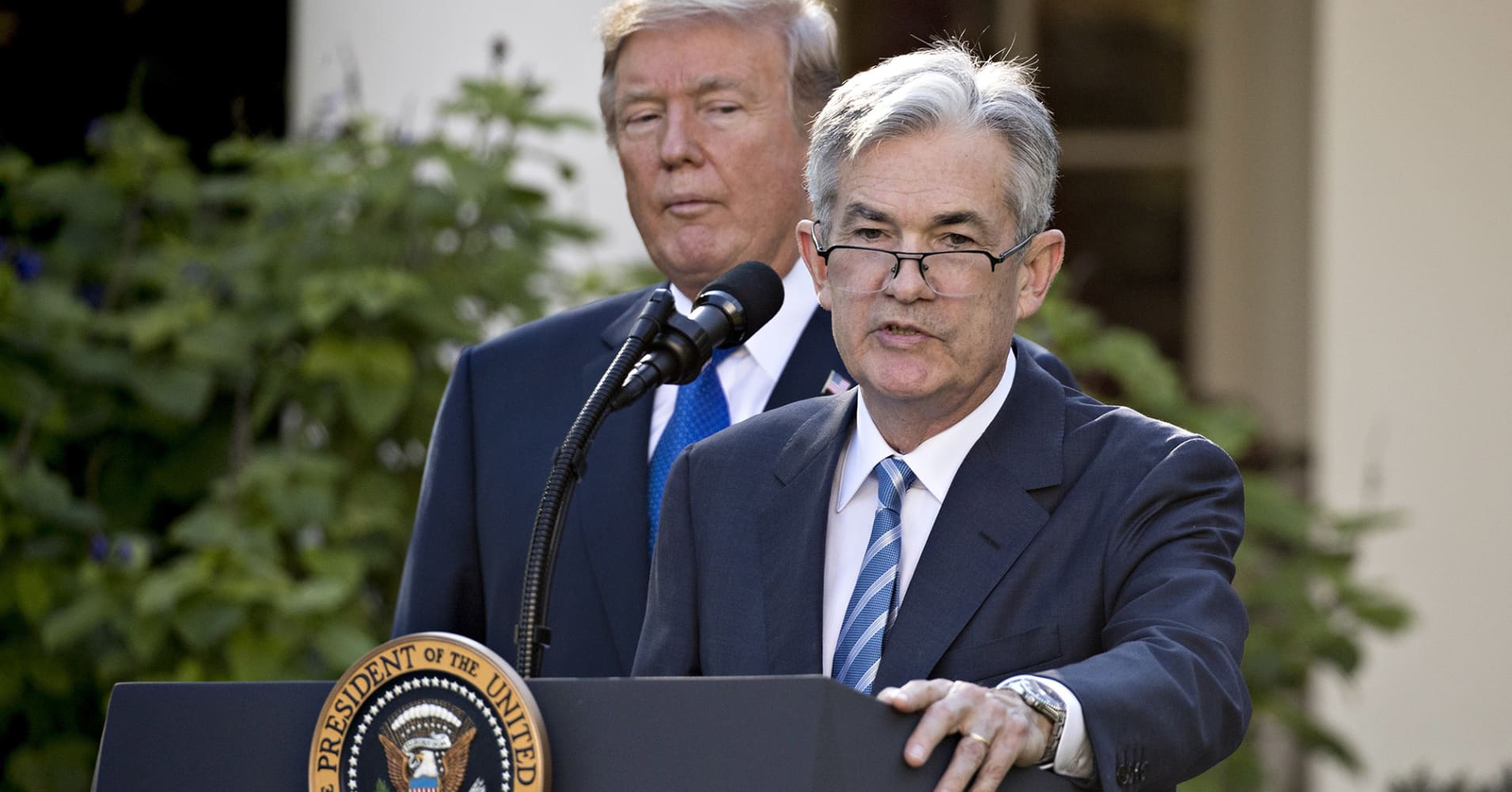
As a result of the increase in interest rates, savings rates — the annual percentage yield banks pay consumers on their money — are now as high as 2.4 percent, up from 0.1 percent, on average, before the Federal Reserve started increasing its benchmark rate in 2015. (You can earn even more with certificates of deposit.)
In 2018, high-yielding savings accounts even outperformed the stock market for the first time in over a decade.
With an annual percentage yield of 2.4 percent, a $10,000 deposit earns $240 after one year. Meanwhile, investors would have lost money in the stock market over the same time period after the S&P 500 and Dow Jones Industrial Average ended last year by finishing in the red.
“Cash is going to continue to be an important contributor to a portfolio delivering returns that preserve purchasing power,” McBride said.
According to the most recent projections from individual members of the policymaking Federal Open Market Committee, there are two rate hikes likely later this year and perhaps one more after that.
E-Trade polled nearly 1,000 active investors earlier in January who have at least $10,000 in an online brokerage account.
More from Personal Finance:
Good news for borrowers: There are new ways to improve your credit score
For the first time in a decade, savings account outperformed the stock market
Here’s how Fed rate hike will impact you
Be the first to comment